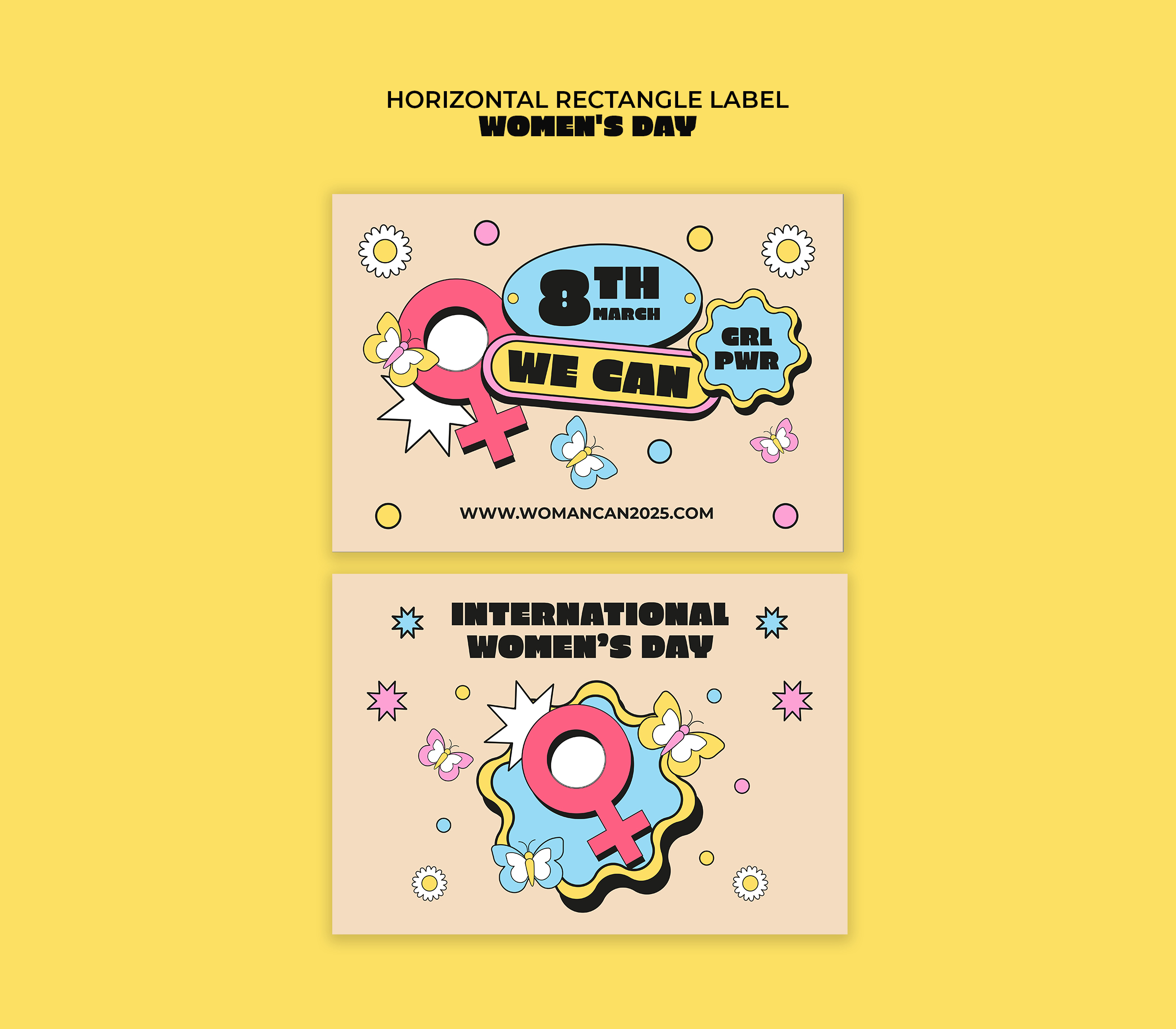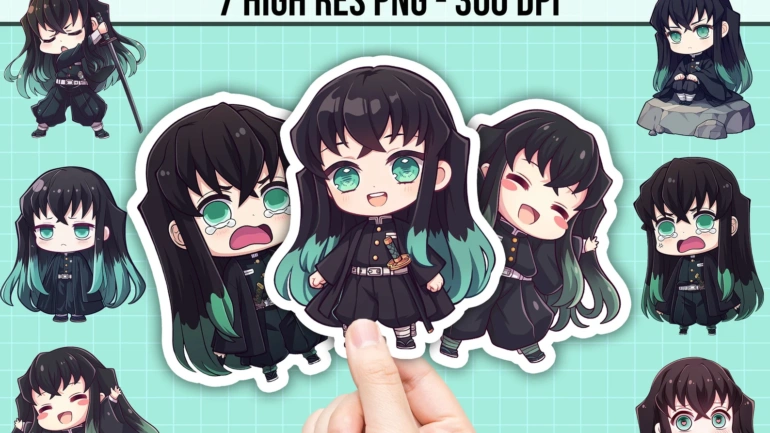Biden “I Did That” Stickers: The Meme, the Message, and the Market
Introduction
Over the last few years, a small but bold sticker has sparked big conversations across the United States. Often seen slapped on gas pumps, grocery store shelves, or other spots where rising prices are visible, the “Biden I Did That” sticker has become one of the most recognizable forms of political commentary in the post-2020 era.
Depicting President Joe Biden pointing a finger—sometimes with a smirk or grin—the sticker is usually placed next to high prices with the implication that Biden is responsible. For supporters of the meme, it’s a humorous way to protest inflation and economic struggles. For critics, it’s oversimplified blame and a form of vandalism.
Regardless of where you fall on the political spectrum, the Biden “I Did That” sticker has cemented itself as a cultural artifact of American politics in the 2020s. In this blog, we’ll explore its origins, meanings, controversies, marketing, and future while answering questions like “Where can I buy Biden I Did That stickers?” and “Why do they matter?”
1. The Origins of the “I Did That” Meme
The “I Did That” sticker trend began during a period of rising gas prices in 2021–2022. As inflation surged to levels not seen in decades, Americans increasingly voiced frustrations at the pump.
- Early meme versions were shared on Reddit and Facebook, where users created print-at-home versions of Biden pointing at numbers.
- By mid-2021, enterprising sellers on Etsy, Amazon, and independent websites began mass-printing stickers for sale.
- The meme quickly spread offline as people started placing them on gas pumps nationwide.
Interestingly, the concept isn’t new. During previous administrations, stickers and signs blaming presidents for economic conditions also circulated. But the Biden version went viral because of social media amplification and its visual punchiness.
2. What Do Biden “I Did That” Stickers Mean?
The meaning is fairly straightforward but layered:
- Political Protest: Critics of Biden use it to highlight dissatisfaction with his handling of the economy.
- Economic Commentary: It ties the president to inflation, gas prices, and grocery costs.
- Satire & Humor: Like many memes, it relies on exaggeration and simplicity for comedic effect.
- Public Graffiti: For some, it’s less about politics and more about leaving a mark in public spaces.
At its core, the sticker is a protest made portable—a $3 sticker can communicate frustration louder than a Facebook post.
3. Biden vs. Trump: Sticker Wars
The “I Did That” phenomenon didn’t stop at Biden. In fact, many sellers also list:
- Trump I Did That stickers – flipping the meme to blame Donald Trump.
- Generic “I Did That” versions – pointing characters not tied to politics.
This shows that the sticker is less about one leader and more about a cultural shorthand for blame in politics. It’s a visual argument: simple, snappy, and easy to replicate.
4. Where Can You Buy Biden “I Did That” Stickers?
One of the most-searched questions is: “Where can I get Biden I Did That stickers?”
The answer: almost anywhere online. Popular sources include:
- Amazon – multipacks, cheap shipping, fast delivery.
- Etsy – custom designs, variations (funny, colorful, parody edits).
- eBay – bulk sales and collector editions.
- Independent websites – often bundled with other political merchandise.
- Local print shops – some people even design and print their own versions.
Most packs range from $3–$15, depending on size and quantity.
5. Why Are the Stickers So Popular?
Several factors explain their viral success:
- Affordability: Anyone can buy a pack for a few dollars.
- Visibility: Placing them on gas pumps ensures a wide audience.
- Meme culture: The internet thrives on repetition, and these stickers are both physical and digital memes.
- Emotional resonance: They tap into real frustrations about rising costs.
This combination made the sticker a low-cost protest tool with maximum exposure.
6. The Controversy: Free Speech or Vandalism?
Not everyone finds the stickers harmless. Critics raise concerns about:
- Defacement of property: Gas station owners often complain about having to scrape stickers off pumps.
- Misinformation: Economists argue that inflation has multiple causes (supply chains, war, global markets), not just presidential policies.
- Political polarization: Some see the stickers as deepening divisions rather than fostering dialogue.
In fact, some gas stations now display signs warning customers not to place stickers—a sign of how disruptive the meme has become.
7. The Role of Social Media
Social media platforms like TikTok, Instagram, Reddit, and Twitter/X amplified the trend by:
- Sharing photos of stickers in creative or humorous spots.
- Selling bulk sticker packs through viral posts.
- Using hashtags like #BidenIDidThat to drive political commentary.
This feedback loop—stickers placed in real life → posted online → more people buying—helped fuel the cycle.
8. The Economics Behind the Sticker Craze
Ironically, the Biden “I Did That” stickers became their own mini economy:
- Small business boom: Sellers on Etsy and Amazon made thousands in revenue.
- Counter-products: Some shops now sell “Trump I Did That” or pro-Biden stickers as counter-messaging.
- Merchandising culture: Like hats or T-shirts, stickers are cheap entry points into political expression.
What began as a protest became a profitable niche market.
9. Cultural Significance
The stickers highlight a larger truth about modern politics:
- Memes are now political weapons.
- Physical spaces are extensions of digital battles.
- Everyday frustrations (like gas prices) can quickly turn into meme-able blame.
Much like bumper stickers or protest buttons from earlier generations, the “I Did That” sticker represents how people communicate politics in bite-sized, symbolic ways.
10. The Future of Political Stickers
Will the Biden sticker fade after the next election? Possibly—but the template will live on. Future presidents, governors, or even local leaders may become the subject of “I Did That” parodies.
We may also see:
- Interactive QR-code stickers linking to political sites.
- AR stickers (augmented reality overlays).
- More sophisticated satire blending art and protest.
The idea—linking a leader to a problem via a sticker—is simple enough that it will likely remain part of the political meme toolkit for years.
Conclusion
The Biden “I Did That” sticker is more than just a gag—it’s a window into how Americans express frustration, share memes, and wage political debates. Love it or hate it, the sticker captures the essence of modern politics: fast, viral, and visually punchy.
From Amazon bestsellers to gas pump graffiti, these stickers demonstrate how a $3 piece of vinyl can spark national conversations about economics, free speech, and blame.
In the end, whether you see it as vandalism, humor, or protest, one thing is clear: the “I Did That” sticker will remain a symbol of the Biden era—and possibly a template for future meme-driven politics.
References (10 Domains)
- nytimes.com – Coverage of U.S. inflation and political culture.
- washingtonpost.com – Analysis of political memes.
- reuters.com – Economic reporting during Biden presidency.
- bbc.com – International coverage of U.S. political trends.
- politico.com – Political campaign and meme culture reporting.
- npr.org – Balanced cultural commentary.
- usatoday.com – News on “Biden I Did That” sticker trend.
- forbes.com – Retail and merchandising economics.
- cnn.com – Politics and meme culture.
- foxnews.com – Coverage from a conservative perspective.


